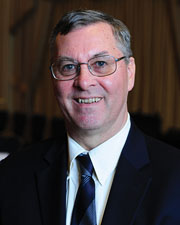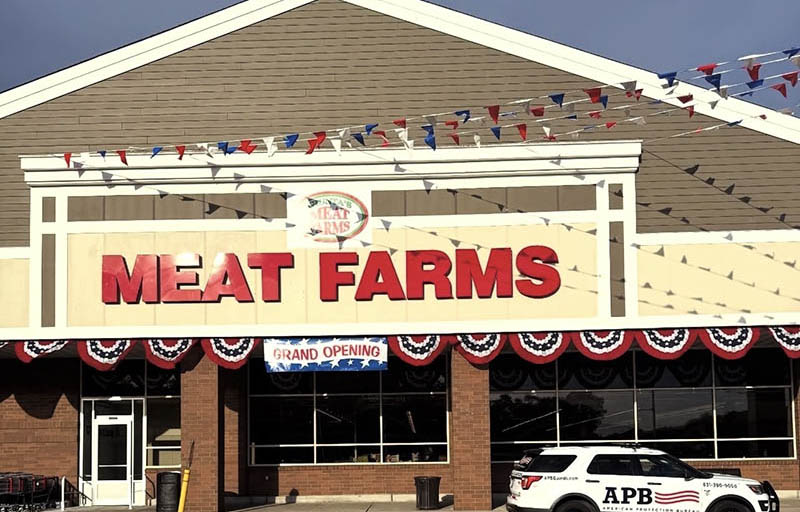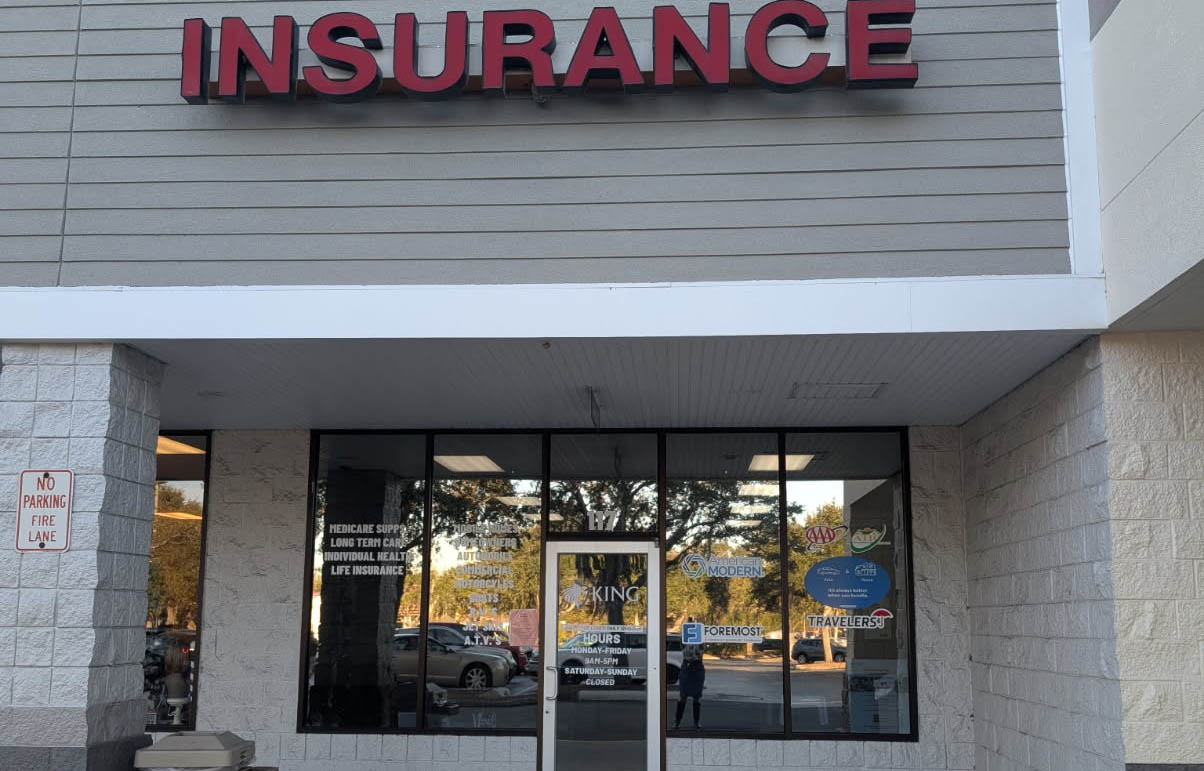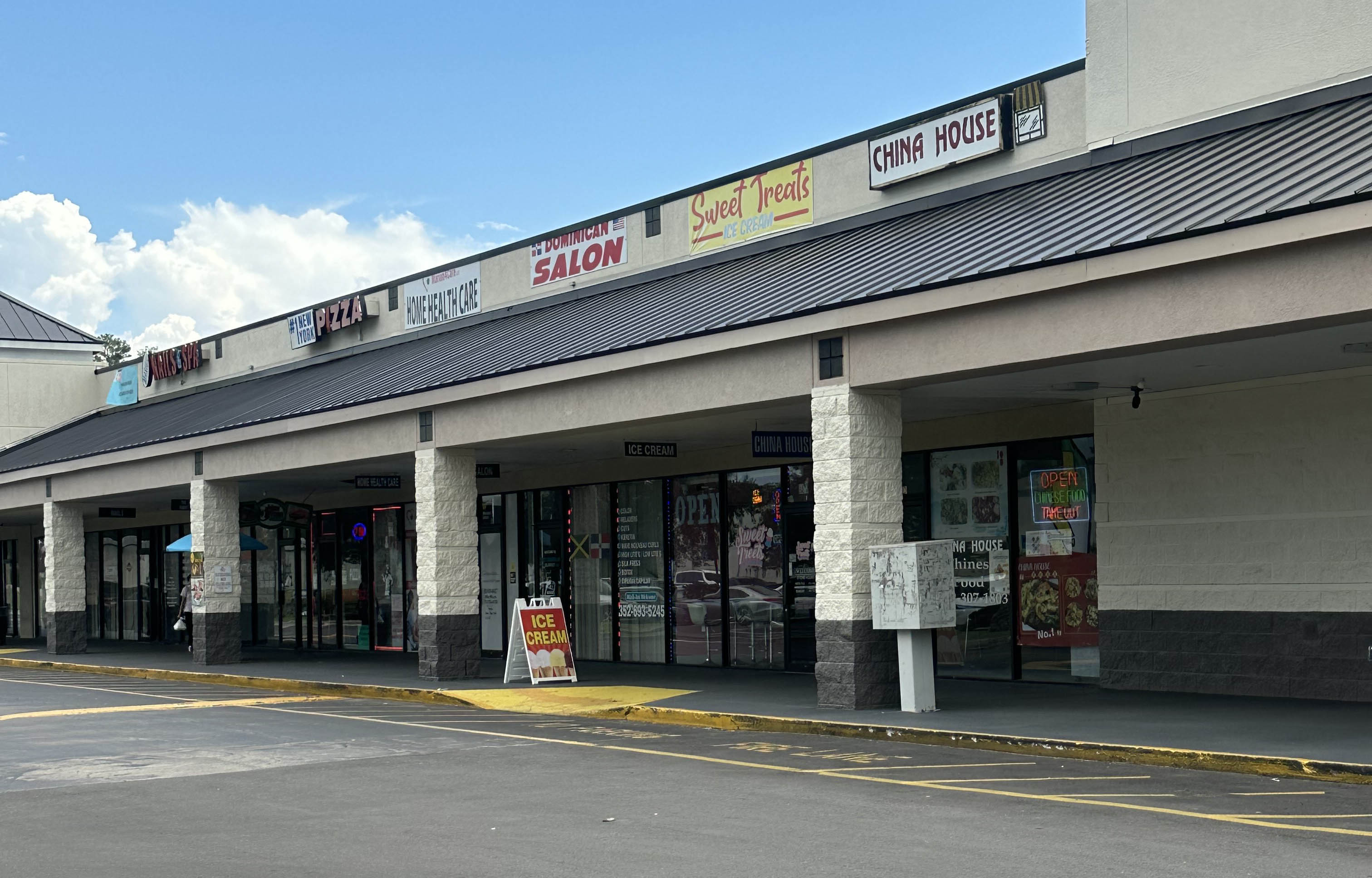The impact of COVID-19 on cities - by Hugh Kelly

Of all the organs in our body, the eye is perhaps the most extraordinary. We consider it our window on the world, but it is so much more than a mere transparent pane of glass. The eye has tremendous powers of accommodation to changes in the world, from bright light to deep darkness. It has the remarkable power to see in great close-up attention to detail, but also has a range of vision that extends toward the vanishing point of infinity. Moreover, thanks to the coordination of binocular vision, we humans enjoy depth of field–the ability to hold in view objects near and far and to smoothly transition across distance.
It would be great if those trying to speculate about the impact of the threefold disruption of 2020 on America’s cities could harness the powers of the eye in their analysis and commentary. Unfortunately, the majority of the instant analysis in the news, on social media, and over the Internet suffers from myopic vision. The disruptions–a public health emergency, economic dislocation, and powerful social stresses–have understandably placed much of our focus on the near-term. We are wrestling with questions about many things formerly taken for granted: our commute to work; interactions in the office, in the store, in schools and entertainment venues; our built environment and its ability to function during and after the COVID-era.
Such close-up vision is important. It would be delusional to pretend that we don’t need to accommodate to changed circumstances. A nostalgia for the “old normal” has led some cities and states to rush back to pre-pandemic behaviors, and we are already seeing the folly of that nostalgia in accelerating rates of hospitalizations and mortality around the country. So as New York opens up again, we need to accommodate ourselves to the ongoing health risks in offices, shops, hotels, restaurants and bars, and other places of public gathering.
Yes, this comes at a cost. Yes, New York may need to expect a holiday season without a million-person Thanksgiving Day parade crowd or Rockettes at Radio City. And, yes, we should expect a hit to New York’s real estate market now, and as much as a year or two ahead.
But take care about extrapolating the present emergency indefinitely into the future. I’m old enough to remember people saying of New York in the 1970s, “Last one out, turn off the lights.” After 9/11, there were assumptions that no one would ever again lease high floors in skyscrapers, and that businesses would scatter from Manhattan to the safety of the exurbs. That’s why longer-range vision needs to complement our short-range adjustments.
Urban resiliency is built upon the ability to innovate, and innovation is one of great strengths of New York. We have come to appreciate what is now seen as “essential” to our economy–and that is the deep and diverse population that undergirds our services economy, both blue-collar and white-collar. It is the attractive features that bring young people here, seeking not just a job but a career–and careers are not built over Zoom. It is the understanding that apparently obsolete forms of real estate (manufacturing lofts once; empty hotels now) can be repurposed to satisfying space demands that were frustrated by scarcity and cost in boom times.
Having great depth of field in our vision of the future is critical now and the years ahead. Our mantra should be: The greatest cities are not the problem-free places; they are the problem-solving places.
Hugh Kelly, PhD, CRE, is a real estate economist and special advisor to Fordham University Real Estate Institute, New York, N.Y.
Delisle and Monahan of Island Associates lease 45,000 s/f to Giunta’s Meat Farms at Strathmore Commons


AI comes to public relations, but be cautious, experts say - by Harry Zlokower

Behind the post: Why reels, stories, and shorts work for CRE (and how to use them) - by Kimberly Zar Bloorian

Strategic pause - by Shallini Mehra and Chirag Doshi









.jpg)

.gif)